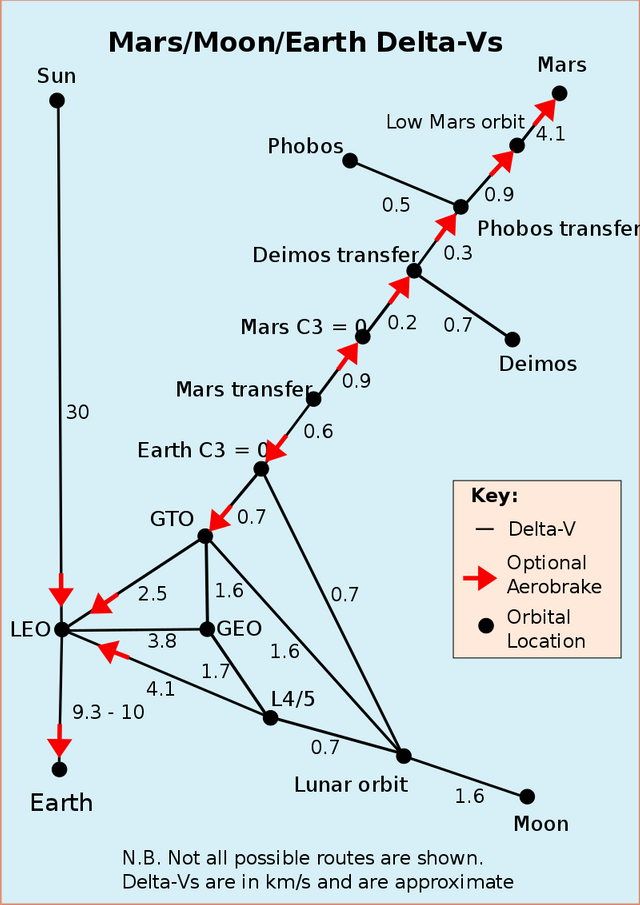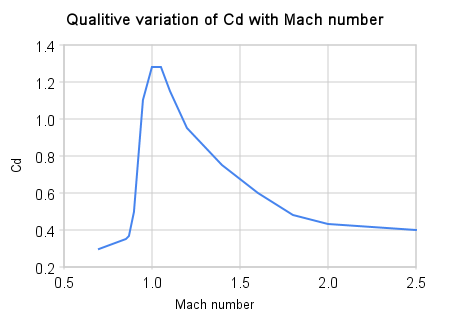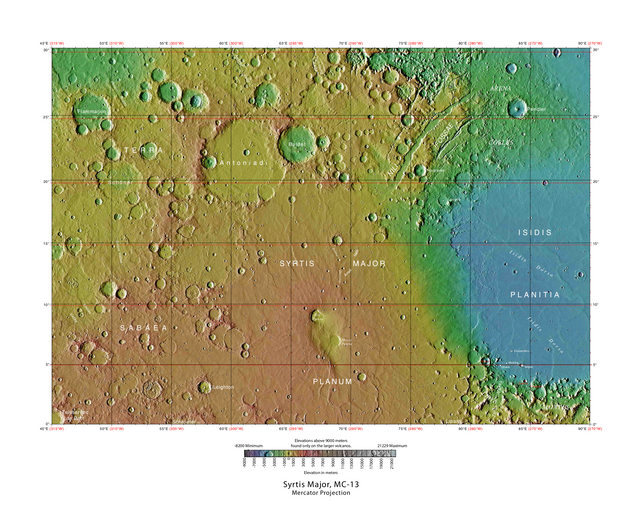A Billion Dollar Business That Needs Mars
This business could be way more profitable to operate from Mars, while generating billions. And crypto-currencies might help get it started.
There is much talk and excitement about colonizing Mars, getting a fleet of Starships on their way and deliver a million people to live and thrive on the red planet.
There will be many people going there and make a living. The same as they do under the sea working for oil companies, in the arctic researching the cold, in blazing deserts and even in space. There is hardly an environment that humans can't make somehow habitable.
But what makes people get to those harsh places and work there? Who is paying them? Because they do get payed handsomely for their work and the setback they have to accept, far away from civilization.
But working in the ISS or the Arctic can also be an awesome adventure itself
So in short: to get people dragged to Mars, it needs to be extremely profitable to be on Mars in the first place.
What kind of benefit does Mars have
One benefit of Mars is it's low gravity and atmosphere. This means it is easier to get from Mars into in low gravity than it is from Earth.

Delta-V map.[1]
As can be seen, the speed needed to reach lower orbit from Earth is much higher than from Mars' surface. The total delta-V needed to get from Mars to Lower Earth Orbit (LEO) is only a little higher than from Earth to LEO.
But that doesn't take into account the air resistance, which makes it hard to reach those speeds. For Earth that is extremely difficult, since the necessary speed to get into LEO is so high.

Qualitative variation of air resistance with Mach number.[2]
The rocket will have to punch through the supersonic barrier, which can be seen at Mach 1 in the diagram above. During the start of a rocket, max Q describes the maximum dynamic pressure, which is dependent on air density and speed. Both factors are a lot smaller when lifting off of Mars.
But it is even easier to get to low gravity from the Moon, while the Moon is also much closer to Earth. So what additional benefit does Mars have against the Moon?
That answer lies near the Antoniadi crater
This crater is on the northern edge of the Syrtis Mayor shield volcano. In it one material can be found: Quarz.

The Syrtis Major Region.[3]
With satellite data, scientists where able to identify quartz deposits in this area on Mars. This shows that the volcanic action on the planet was able to create deposits, which might also be hidden in other areas.[4]
Meanwhile, while quartz is found on the Moon, it is very rare. Universities even use it as a disqualifier, when getting send meteors from enthusiastic collectors; If the stone contains quartz, it's pretty sure that it's not from the Moon.[5]
Quartz: What is special about it?
Quartz is a necessary resource for glass. While this sounds very boring at first, then just think about what is combining low gravity and glass: high performance Glass fibers.
Researchers were able to manufacture high quality glass fibers in zero gravity, which outperform those made on Earth due to their superior quality, because they are not deformed by gravity.[6]
This is not the only futuristic application using quartz. Beyond glass fibers, research is being put into developing something called "Eternal 5D data storage".
This is a storage solution that uses ultrafast-laser writing in glass to
store Information, based on the introduction of nanostructures into fused quartz using a femtosecond laser. There it can be stored for billions of years. Or deleted anytime by melting down the crystals and recycling them into fresh ones.[7]
Quarz can also be a component in creating optical processors. These are using light to calculate and communicate within the chip. This in turn reduces heat—leading to orders of magnitude reduction in energy consumption per chip and dramatic improvements in processor speed.
The company Lightmatter plans to use this technology to build chips fast enough for general-purpose AI.[8]
Another company researching in this field is Microsoft. Their goal is to use Optics for the Cloud to drastically reduce power consumption and increasing speeds.[9]
The possibilities of increasing the efficiency and speed of optical processing and storage are very promising
Benefits of optical chips are that they work with light speed, low energy and can be used to process multiple times in parallel: think about the same chip calculating with red, blue and yellow light at the same time.
While it is shown that glass fiber production can benefit a lot from low gravity, it can be expect that optical storage and processing chips could also reach a high enough sophistication, where it is only possible to guarantee high quality in low gravity.
Tying together Mars, quartz and optical computing
It it very likely, that it would be cheaper to mine quartz on Mars, send it to lower Mars orbit, process the quartz into super pure quartz glass, unprocessed chips or even ready optical devices.
Those then will be send to Earth and maybe even other places in the solar system, where optical chips could replace or support silicon based calculation power. During this, the optical chips will not grow old. The 3 months trip will not degrade them. The only drawback is, that the Earth is not always that close to Mars.
But right now, optical chips are not really a thing.
Due to the COVID-pandemic, there is a huge chip shortage: Graphic chips, processors, NAND storage. All is being produced as fast as possible, but it can't satisfy demand.[10]
One reason is that people sit at home and suddenly see how much their PC sucks, so they want a great new one. Another reason is the increase of value of crypto currencies and more people getting into mining. They buy all the newest graphic cards, because the can make a lot of money in a few months, which brings in the money spend.
While Etherum and others are mined with graphic cards, bitcoin is mined with ASICs, because the high competition needs much higher speed of calculation.
ASICs, Application-specific integrated circuits, are made to do just one thing very good. This makes them simpler than graphic cards, but much more efficient for that one specific task.
An ASIC is probably the easiest chip to make.
A company that would be able to build an optical ASIC that can mine Bitcoin, could be able to build a chip with not only unprecedented mining speed, but also drastically reduced energy consumption.
If the right people would recognize this, it could be a huge incentive to invest in optical ASIC research, building those chips and keeping refining them.
This would send processing power for Bitcoins through the roof, reduce energy demand of the network and eventually pave the way to produce them and other chips in Mars orbit and sending them to earth and other places in the solar system, out-dating silicon chips.
TL;DR
The pandemic, chip shortages, resources on Mars and development of Starships: It all comes together to lay the foundation to push Moors Law to a new level and reign in a new computing technology, building optical chips in low gravity with material send straight from Mars.
Not only that, but the pioneers in optical computing would also pave the way for a more powerful decentralized payment system, create a billion dollar industry and push humanity to become a multi-planetary species.
Sources
[1] https://en.wikipedia.org/wiki/Delta-v_budget
[2] https://www.wikiwand.com/en/Drag_(physics)
[3] https://en.wikipedia.org/wiki/Syrtis_Major_quadrangle#/
[4] https://agupubs.onlinelibrary.wiley.com/doi/full/10.1029/2011JE004038
[5] https://sites.wustl.edu/meteoritesite/items/how-do-we-know-that-its-a-rock-from-the-moon/
[6] https://www.laserfocusworld.com/test-measurement/research/article/16556282/optical-fiber-manufacturing-gravityfree-optical-fiber-manufacturing-breaks-earthly-limitations
[7] https://spie.org/news/6365-eternal-5d-data-storage-via-ultrafast-laser-writing-in-glass?SSO=1
[8] https://www.businesswire.com/news/home/20200817005099/en/Lightmatter-Introduces-Optical-Processor-to-Speed-Compute-for-Next-Generation-Artificial-Intelligence
[9] https://www.microsoft.com/en-us/research/group/optics-for-the-cloud/
[10] https://www.theguardian.com/business/2021/mar/21/global-shortage-in-computer-chips-reaches-crisis-point